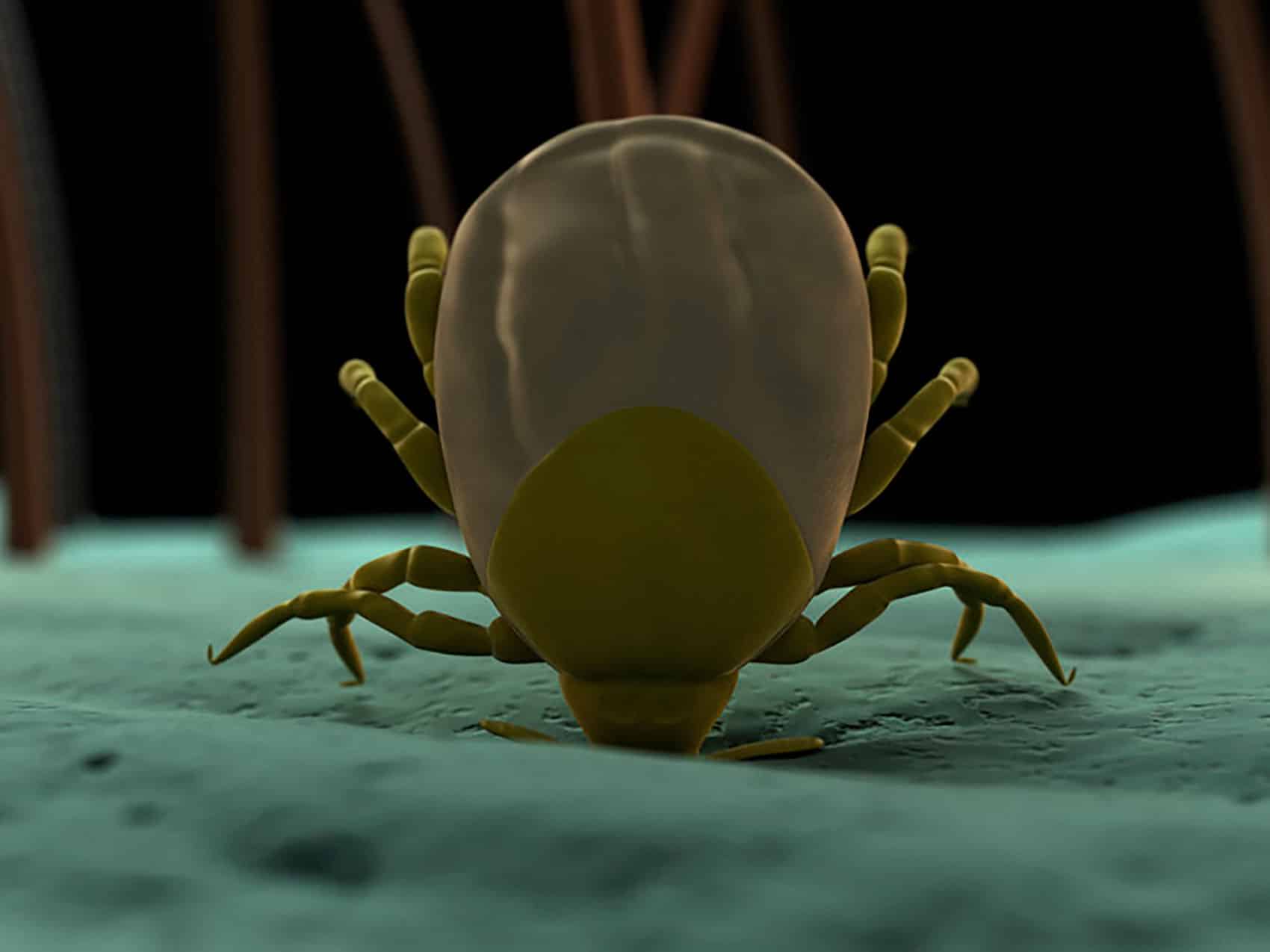Ticks should be removed as soon as possible. The longer the tick is attached, the higher the risk of disease transmission. Most Lyme infections come from nymphal (immature) ticks, which are the size of a pinhead. Here are the most common directions for properly removing an attached tick:
- Use a fine-tipped tweezers to firmly but gently grasp the tick’s mouthparts as close to the skin as possible.
- Gently pull the tick straight out, with slow but constant pressure, being careful not to twist or jerk it, as this can leave the tick’s mouthparts in your skin.
- Be careful not to squeeze, crush, or puncture the tick’s body as doing so may cause it to release infected fluids into the wound. For the same reason, do NOT use a hot match, petroleum jelly, soap, nail polish, etc. to smother the tick, as irritating it may cause it to accelerate the transmission of the diseases it carries.
- Thoroughly disinfect the tick-bite wound, the tweezers, and the hands of the person removing it.
- Place the tick in a Zip-Loc bag or vial and refrigerate it. The addition of a moist cotton ball will keep the tick alive; preservatives and alcohol are not necessary. Label the bag/vial with the person’s name, address, estimated time of attachment, and the date the tick was removed.
- Have the tick tested for Lyme and co-infections by a lab, health department, or veterinarian.
- Seek immediate medical attention if you develop any kind of rash at the site or elsewhere on the body or experience any symptoms of illness.

“How to remove a tick” video:
www.tickencounter.org
University of Rhode Island Tick Encounter Resource Center:
http://www.youtube.com/watch?v=0wotB38WrRY
Alternative Tick Removal Methods
From the Dr. E. Murakemi Center for Lyme, the video below shows Dr. Murakemi’s “Blister Method and Straw and Knot Methods” of tick removal: http://www.youtube.com/watch?v=x9dsmFVPDqs



